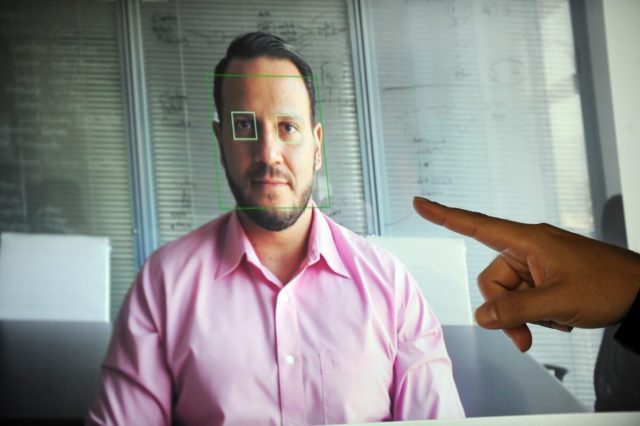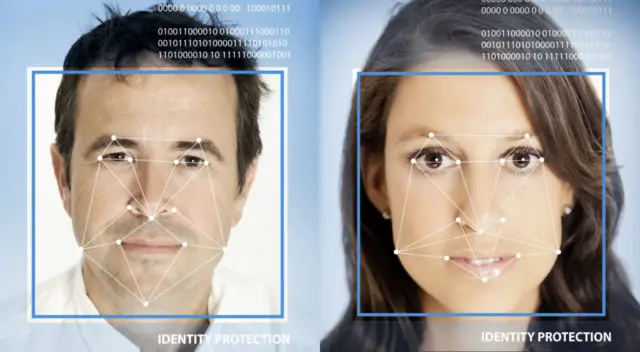The surveillance camera recorded a criminal while committing his misdeeds in the mall. But it was not just any recording.
Without needing to resort to messages in the news requesting help to identify the thief, that camera sent the facial features of the man to an identification system that immediately recognized the person with his name, ID card, and even place of residence, facilitating the work of the police authorities.
The possibility of this happening in Costa Rica is getting closer. Cameras and even smartphones will facilitate that task in the future that no longer seems so far away.
The Supreme Electoral Tribunal (TSE) has been developing, for more than two decades, an identification system based on the fingerprint, which will be strengthened in 2020 with the incorporation of facial recognition, which will allow criminals to be recognized without resorting to numerous paperwork, among many other possibilities of use.
This large database, developed and managed by the Technological Strategy Directorate of the TSE, can be used by any state institution that, such as the Costa Rican Social Security Fund (CCSS), the Judiciary or Migration, needs these tools to add security to their work.
An agreement between the Executive Power and that Court, signed on November 6th, 2019, seals the commitment of both to enhance the development and use of the identification of people through digital and biometric technologies, that is, taking into account patterns of human factions that cannot be lost, forgotten, stolen or duplicated.

This agreement is part of a larger policy, the Digital Transformation Strategy for Costa Rica of the Bicentennial, said the Minister of Science, Technology, and Telecommunications (MICITT), Luis Adrián Salazar Solís.
One of the first steps was taken in January of this year, with a pilot plan in a CCSS hospital: San Vicente de Paúl, in Heredia. There, patients who forget their ID can go to the window to identify themselves with just their fingerprint.
The same system has been requested by the TSE for banks to use at ATMs. Also by public transport, such as trains, so that users with a bank account can cancel the service digitally and use the train with only their fingerprint.
The incorporation of the facial identification system will cost the TSE US$ 3.5 million, money that has been obtained from the sale of services in the last 2 years. This is the cost of replacing the current biometric system (bi-dactilar) with a new one (deca-dactilar, plus facial recognition). If they had not developed their own systems, it would probably have cost more than US$ 10 million.
Minister Salazar indicated that an executive decree of the previous September 3rd (41248-MP-MICITT-PLAN-MEIC-MC) and a directive issued on that same date (number 019-MP-MICITT), give a boost to all this initiative by ordering the central administration the following:
“(…) implement a secure system, using official data sources and biometric mechanisms, that allow Costa Rican citizens to be identified in their public services, in a progressive manner, and must cover at least 50% of all their windows of citizen care before December 1st, 2020”.
Is it too ambitious?
“We are working to make that happen, and my mission as minister of this area is to ensure that there is an ecosystem of co-creation of value with purpose. (…) It is the intelligent Costa Rican, with the base of interoperability to be able to provide services to citizens and businesses”, promised the head of the
Paperless, safe, and efficient
This happened: a minor was released from a conviction by using his brother’s identity after committing a crime. The lack of mechanisms to ensure identity caused this case to fall in court, and a potential criminal took to the streets.
This fact, which was real, serves to exemplify in some way the importance of having secure and accurate systems for identifying people.

Why is it important to secure and specify identification? The General Director of Technological Strategy of the TSE, Dennis Cascante Hernández, expanded this topic with examples. “You can give a different answer according to market services. Airport and migration services need to be certain that whoever is entering the country is who they say they are, or whoever is dating the minor is who is authorized, and the minor is who they say they are”, explained Cascante.
“For a country, regardless of the niche (health, finance, production), one of the most valuable things is being able to identify its people. The issue of that person’s identification accuracy is vital”, he added.
Since 1998, the TSE began to keep the fingerprints of all citizens. Surely you remember when you went to take out or renew your ID card: you had to place your index fingers on a fingerprint reader. Can you imagine what comes next, after implementing these latest biometrical identity technologies?

